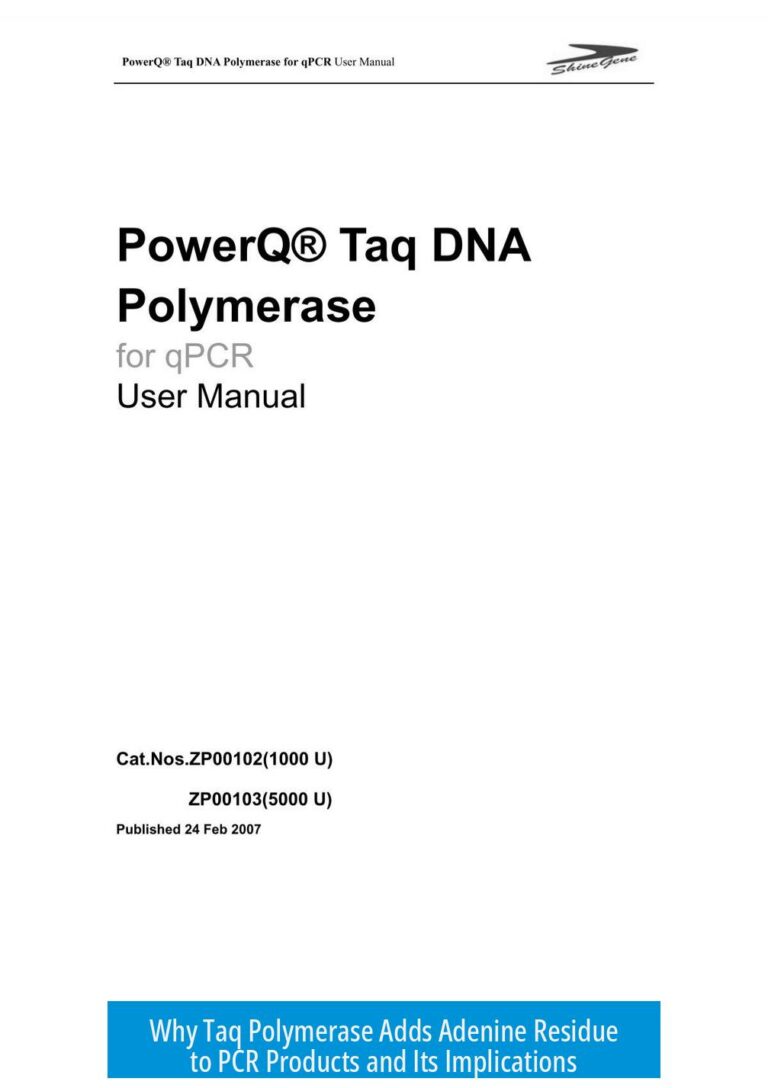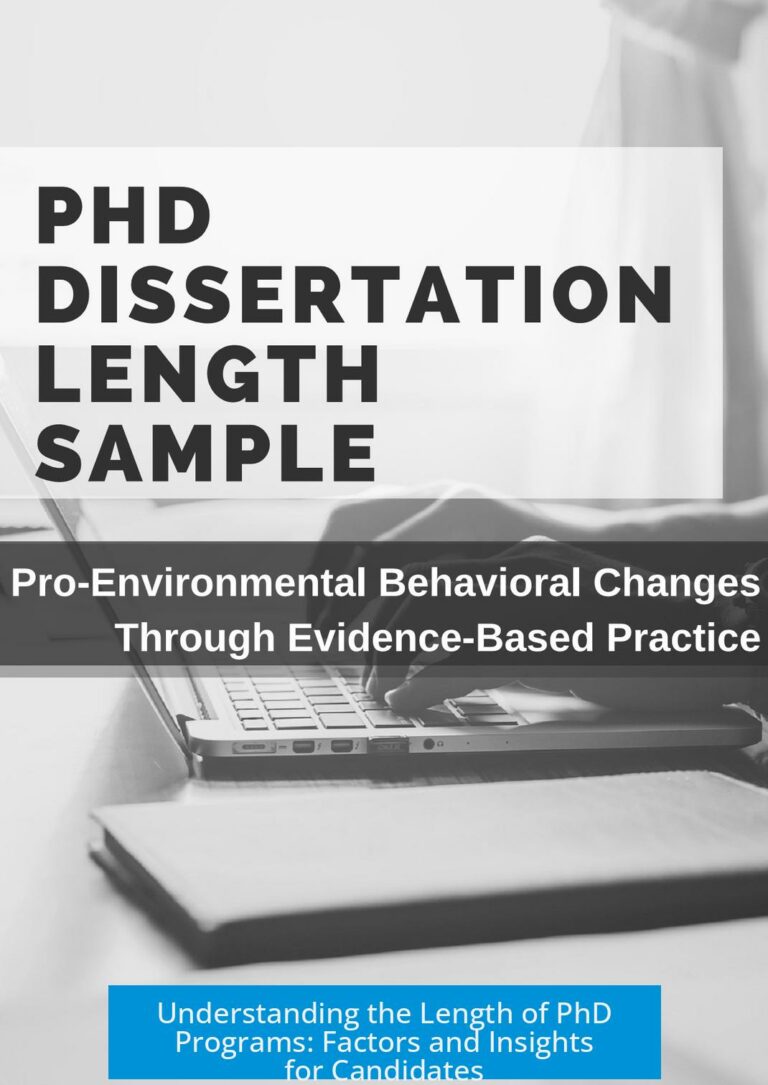How Long Until It’s Safe to Be in a Room After Breaking and Vacuuming a Mercury Thermometer?

It is generally safe to be in the room immediately after breaking a mercury thermometer and vacuuming it, provided you ventilate the area well by opening windows for several hours to a couple of days. Proper disposal of vacuum bags or the vacuum itself reduces residual mercury risk.
Immediate Safety Concerns
The amount of mercury in a typical old-fashioned thermometer is very small. Mercury metal itself is less hazardous if not ingested or inhaled as vapor in large amounts.
- Mercury is a liquid metal and does not evaporate extremely fast at room temperature.
- Direct contact with spilled mercury poses some risk but is generally low for the small volumes inside thermometers.
- The biggest immediate hazard is broken glass from the thermometer, which requires careful cleanup.
Scientific sources and anecdotal evidence show that accidental breakage of mercury thermometers rarely causes poisoning unless mercury is mishandled repeatedly or ingested. The small quantity presents minimal risk for acute harm.
Ventilation and Mercury Vapor
Mercury vapor is more dangerous than liquid mercury. Vapors can be released slowly from small droplets if they remain on the floor or in carpeting.
- Open windows for several hours to a couple of days to flush out mercury vapors.
- Ventilation reduces vapor concentration to near non-detectable levels.
- If the mercury spill is no longer visible, vapor risk drops significantly but residual vapors can linger without airflow.
During this period, keep children and pets out of the area due to their greater sensitivity to mercury exposure.
Implications of Vacuuming Mercury

Vacuuming mercury is generally discouraged. Standard vacuums can spread or aerosolize mercury particles into the air, increasing inhalation risks.
- The vacuum may accumulate mercury in its bag or impeller, contaminating internal parts.
- Replace or carefully dispose of the vacuum bag after cleanup to prevent further exposure.
- Experts recommend discarding the vacuum or thoroughly cleaning it if mercury was vacuumed up.
Vacuuming Mercury also risks amalgamating with vacuum components, causing damage or increased exposure potential.
Recommended Cleanup and Chemical Treatment
Proper mercury spill cleanup involves controlled collection of droplets and specialized disposal.
- Do not use potassium permanganate or strong oxidizers; these can create soluble mercury compounds or stains.
- Powdered sulfur can be used to neutralize mercury by forming mercury sulfide, which is far less toxic and inert.
- Sweep up all mercury residues after mercury sulfide formation and dispose of waste according to local hazardous waste guidelines.
Following this method limits environmental contamination and risks linked to lingering mercury particles.
Myths and Clarifications About Mercury in Thermometers
Modern “mercury” thermometers often contain gallium-indium-tin alloys instead of mercury, which are less toxic. However, older thermometers used metallic mercury.
The toxicity of mercury depends on exposure level, form, and duration. The minimal amounts involved in one thermometer spill are unlikely to cause harm under typical circumstances.
Official Guidance and Resources
The EPA provides detailed instructions and safety advice for mercury thermometer breakage. Key points include careful cleanup, ventilation, and proper disposal.
For detailed procedures and local disposal information, refer to the EPA’s webpage: EPA Mercury Thermometer Breakage Guidance
Key Takeaways
- The room is safe to enter immediately after a mercury thermometer breaks if ventilation is provided.
- Open windows for several hours to two days to clear mercury vapor effectively.
- Vacuuming mercury can spread contamination—dispose of vacuum bags or the vacuum carefully.
- Use powdered sulfur, not harsh chemicals, to neutralize remaining mercury.
- Keep children and pets out of the area while cleaning and ventilating.
- Follow local hazardous waste guidelines for mercury disposal.
How soon is it safe to re-enter a room after breaking and vacuuming a mercury thermometer?
The small amount of mercury in a thermometer poses minimal risk. You can be in the room immediately after breakage. However, open windows for a few hours or up to a day to clear any vapors.
Does vacuuming mercury increase health risks?
Yes, vacuuming can spread mercury particles into the air. Change the vacuum bag immediately or discard the vacuum if possible to avoid inhaling mercury dust later.
What should I do with the vacuum and contaminated materials after cleanup?
Throw away the vacuum bag or vacuum itself to prevent mercury from being re-aerosolized. Dispose of waste carefully according to local hazardous material guidelines.
Are there safe ways to neutralize mercury spills on floors?
Sprinkling powdered sulfur over the spill can turn mercury into mercury sulfide, a non-toxic compound. Then sweep it up and wash the area with water. Avoid using potassium permanganate as it can worsen contamination.
Should children and pets be kept away after a mercury spill?
Yes, keep children and pets out of the affected room during cleanup and ventilation to reduce any risk of exposure. This precaution is especially important until the room is well aired.





Leave a Comment